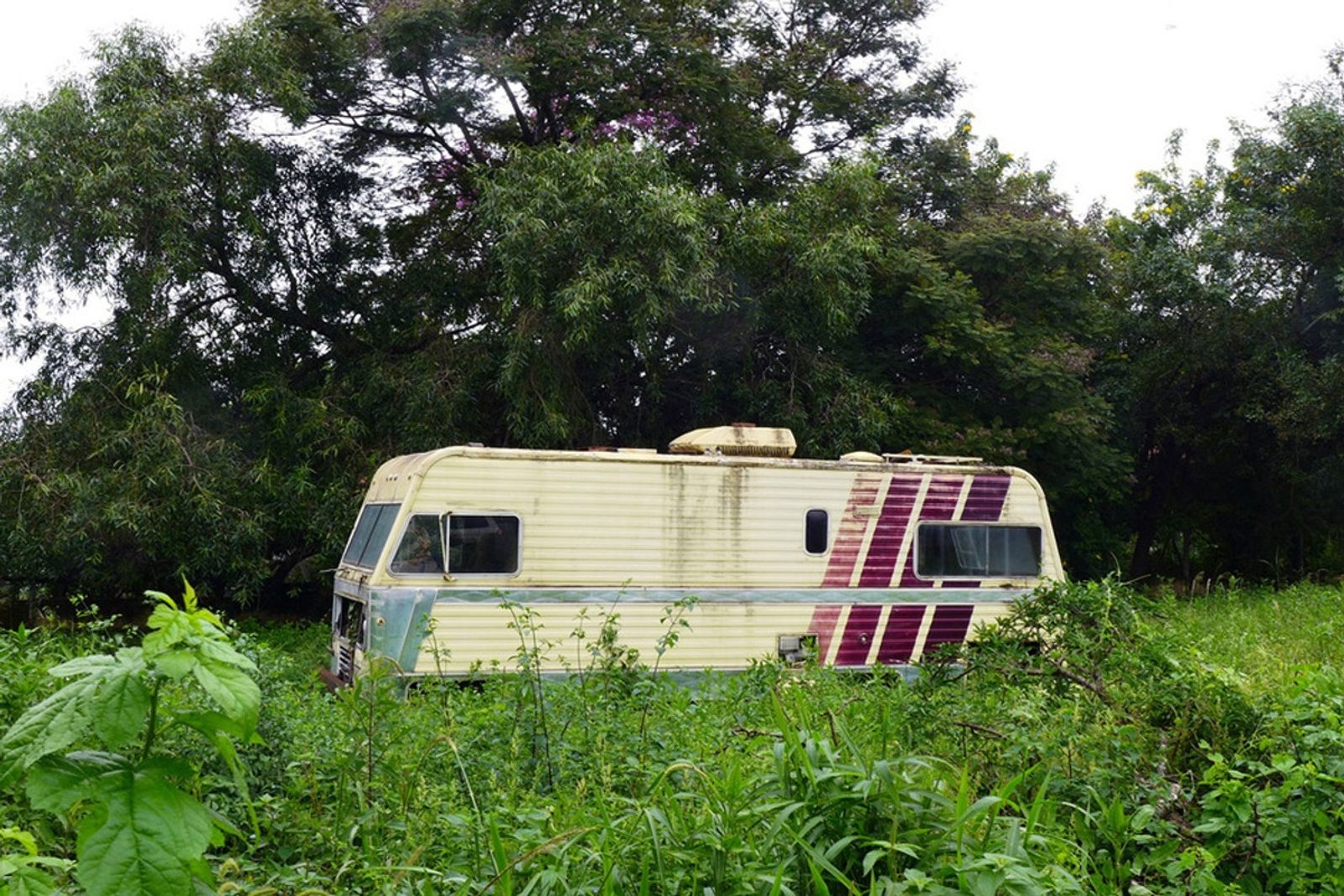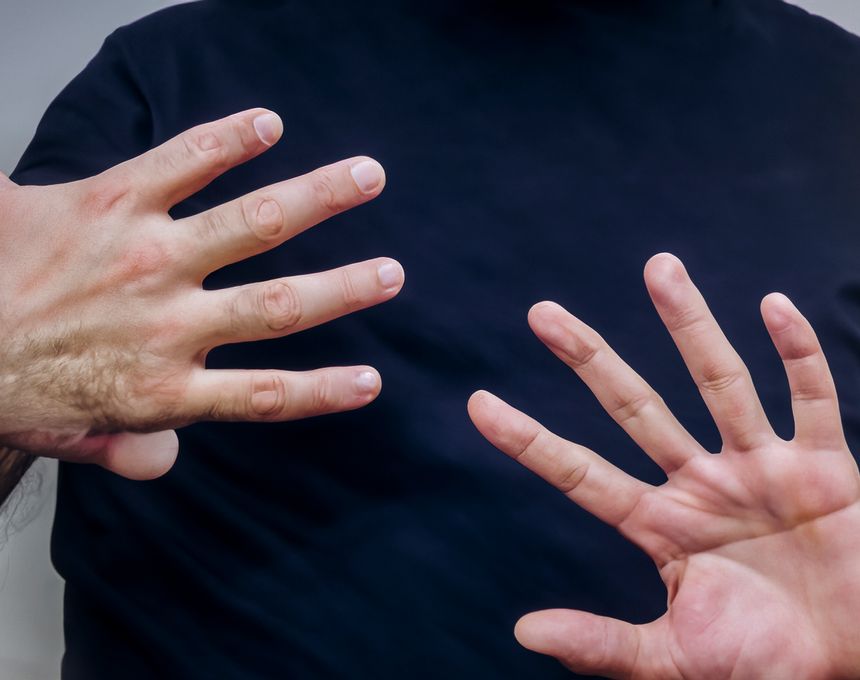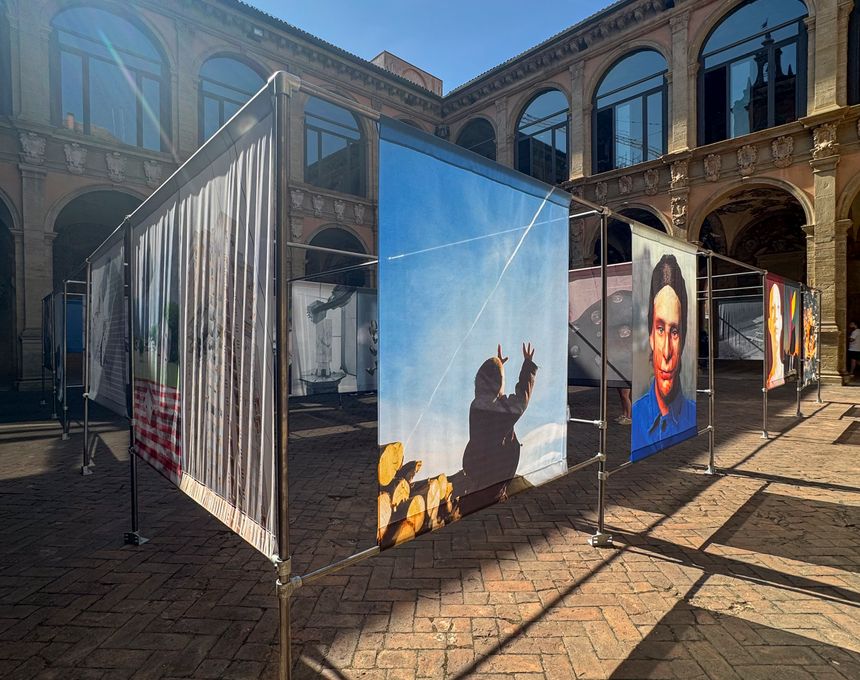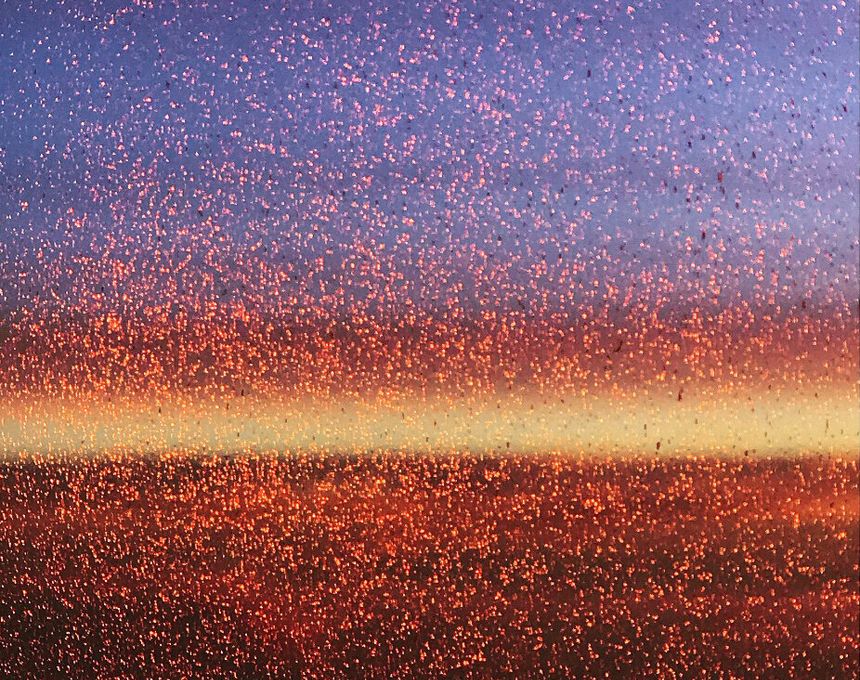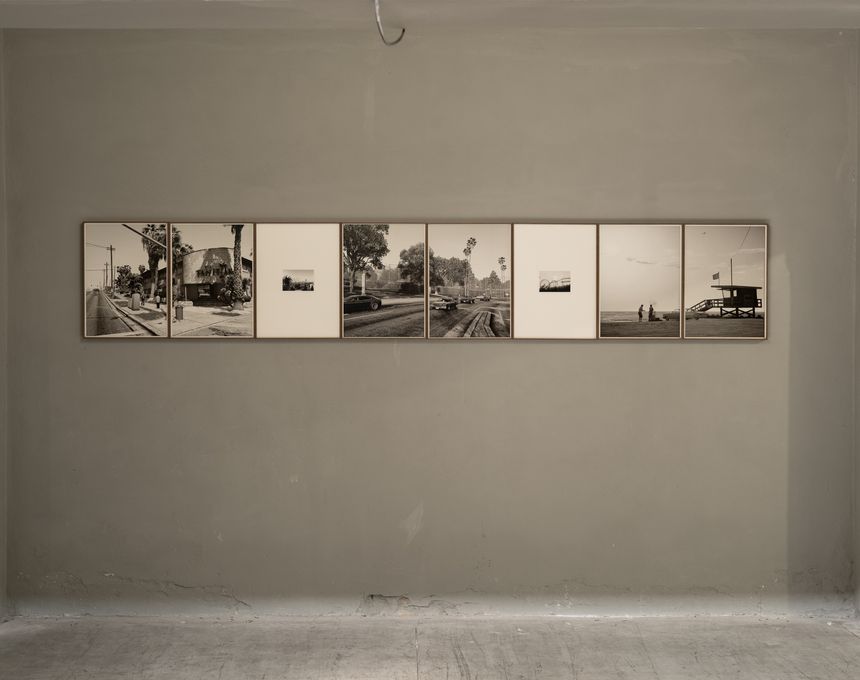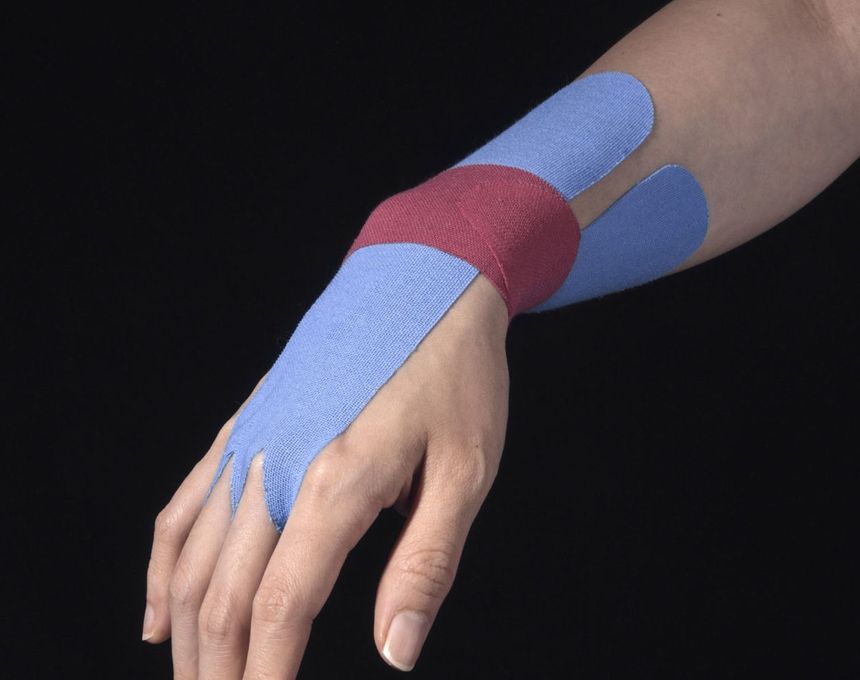Fredi Casco on Paraguayan Photography
-
Published21 May 2015
-
Author
“Photography is no longer considered only as a medium or as a language, it has become one of the most interesting spaces of thought.¨ photographer and curator of PHmuseum Paraguayan Photography, Fredi Casco shares his thoughts on contemporary photography.
“Photography is no longer considered only as a medium or as a language, it has become one of the most interesting spaces of thought.¨ photographer and curator of PHmuseum Paraguayan Photography, Fredi Casco shares his thoughts on contemporary photography.
Before starting with photographyyou were a lawyer. What led you to bind yourself to the image world?
Soon after I finished college, Iwent to live in Paris for a couple of years. My photographic cultureat that time (early nineties) was reduced practically to what I sawin the newspapers, magazines and family albums; in Paraguayphotography was rarely considered as anything but a sort of “lesserbrother” of the Fine Arts, and I had no access to the production ofauthors who were doing something else with the medium at the time.
I was lucky to coincide, at thebeginning of my stay in Paris, with the Mois de la Photo. The city,already photogenic ad nauseam, offered me for over a month a hugeamount and variety of possible approaches to photography. Returningto Paraguay, I wanted to leave everything to become a photographer.The circumstances would make that desire still scour different routesthan the expected at first. I basically stumbled on the way to theliterature, more particularly poetry, and certain practices ofcontemporary art.
Throughout your body of work youuse a variety of formats (from Polaroids to multimedia), where youtend to question both the medium, the message, senders, andrecipients. What led you to explore these issues?
As from these encounters (withpoetry and contemporary art theory) I became interested more in theimage rather than in the tecnichal production of these images. Stillhaving a particular interest in photography and video, I let myselfexplore various fields, sometimes with complete confidence, allowingme, after time, to approach critically and in an unorthodox way tothe media.
From some time the Internet hasoccupied a central place in the circulation of information andimages. What are your thoughts about this? In what ways do you thinkthe Internet benefits or damages the medium?
Nothing new under the sun. The olddiscusion between the apocalyptics and the integrated is still goingon, although nowadays there is such a big confusion that it resemblesto a discussion between “integralyptics and apotegrated”. Atlast, the Internet is there, it is a tool, not a weapon of massdestruction, and we must take care of that, ideally in a criticalway. Artists must politicize internet. “More ethics, lessaesthetics”, I think this as a very interesting starting point.
In addition to your work as aphotographer, you are member of Sueño de la Razón, one of the mostimportant publications in the region. Tell us about the magazine andyour role there.
I was lucky to be in Sueño de laRazón from the beginning, when we were four or five dreamers thatgathered in Santa Cruz de la Sierra (Bolivia) invited by Andrea Joschand Luis Weinstein. Regarding my role, it is basically the same asall the editors, except perhaps that it was me who proposed the nameof the magazine. Also, for some time I was internal coordinator andtext editor.
You are also co-founder of thephotography festival of Paraguay El Ojo Salvaje, how did this projectbegin and what are the future plans?
Its history dates back to thephoto essay workshops taught by Jorge Saenz since 2003. At the end ofeach year, we used to organize a group exhibition where we showed ourannual production.
In 2007 we made a larger show, “Click,fotografía de autor en Paraguay”, in which we invited Paraguayanphotographers who were not directly linked to the workshop and alsosome international authors, such as the Argentine photographerAtaúlfo Pérez Aznar.
The following year, Jorge asked me tohel him organize a “month of photography”, among other things,because at that time I worked as editor in a style and trendsmagazine, that gave a important role to photography, and where eachmonth we published photo essays of local and international authors.
From the beginning it was aninternational photography festival. We gave good use to our travelsand contacts abroad to achieve this goal: showing Paraguayan mostinteresting photography as well as a high quality internationalphotography production. Last year the fourth edition of the festivaltook place (it is held every two years), and I realize that itcontinues enjoying of good health.
How do you see the currentworldwide photography landscape? What is its role in contemporarysociety?
I think that in general terms,photography has come to occupy a central place in Western culture,especially in the distribution centers of culture, from the massmedia, to museums, exhibitions, galleries, etc .. Also, I think thatphotography is no longer considered only as a means or as a language,it has become one of the most interesting spaces for theory andreflection … I mean, when it is used in a critical way.
And what place do you thinkParaguayan Photography occupies in this context?
I’m not sure there is a specificParaguayan photography identity, as I am not very sure that there isa Latin American photography identity. What does exist is a series ofphotographic practices and authors interested in criticallyapproaching the reality that surrounds them. Paraguay is noexception. What is missing is better visibility of Paraguayan worksand authors.
Talking specifically about thephotographers you have chosen for Paraguayan Photography, why haveyou selected each of them and in what ways do you see them as currentreferents of your country’s photography?
Many of the selected photographersalready have significant experience in Paraguay; with the exceptionof Marcelo Sandoval: a young photographer who conducted veryinteresting research into the rural population in the Ñeembucúwetlands.
Jorge Saenz presents one of his mostrecent works that looks at the (political) social classes of Paraguay– an uncompromising photographic essay, much like the seriesFacades by Javier Medina, who works on a poetic/politicalphotographic register of the post-dictatorship contemporary ruins.
Fernando Allen, in his tireless tourthroughout the country performs – in parallel with his other workson peasant and indigenous cultures – a kind of photographic roadtrip in which he identifies elements and situations where the ruralaesthetics converge with the mass culture.
Finally, we have Juan Carlos Meza, aveteran of Paraguayan photojournalism, who together with AlejandroValdez and a group of other individuals, is developing through theproject FOTO CICLO, an exhaustive examination of the diverse aspectsof the city of Asunción.
What message do you want thepublic to keep after seeing Paraguayan Photography?
I selected these photographers,and particularly these works, because the intention is to showvarious aspects of contemporary Paraguay – its culture and society,through photographic projects that when viewed together take us on atrip through one of the most unknown countries in the world.
--
Born in 1967 in Asunción, Paraguay. Lives in Asunción. Fredi Casco became an artist, photographer and writer in 1997. His work, awarded by the grant for emerging artists from the Cisneros Fontanals Art Foundation (2007), is mainly composed of photographic images that he collects, as well as videos and installations.
He is also member of the editorial committee for the photography review Sueño de la Razón, cofounder of El Ojo Salvaje, Mes de la Fotografía en Paraguay, and co-director of the independent publishing house La Ura in Asunción. His work challenges the power of medias and compares the historical importance of official culture with the popular and indigenous culture. He analyses the transparency and neutrality of television and print media, and reveals certain media strategies of the postcolonial system in place in Paraguay.
His work has been presented in solo and group exhibitions such as the 3rd and 5th Mercosul Biennials in Porto Alegre in 2001 and 2005, the Valencia Biennial in Spain in 2007, the Efecto Downey at the Telefónica Foundation in Buenos Aires in 2006, the 2nd Biennale of Contemporary Art in Thessaloniki, Greece in 2009, and the 10th Biennial in Havana, Cuba in 2009. He also took part of El Atlas del Imperio an exhibition organized by the Italian-Latin American Institute at the 55th Venice Biennale and America Latina, Photographies 1960-2013 organized by the Fondation Cartier pour L’Art Contemporain, in 2013, Now You See it, Photography and Concealment at The Metropolitan Museum of Art (NY), Erased at the Josee Bienvenu Gallery and his first solo show in Europe La Fascination des Sirenes at the Maison de l´Amerique Latine (Paris), in 2014, Operaciones en la Selva at Galerie Vallois (Paris), Teoría de la conspiración, CAV/Museo del Barro (Asunción) in 2015.
